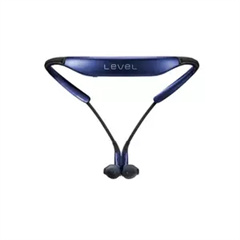1. Vibration film thickness: The thinner the diaphragm thickness is, the better the low frequency is under the ability to withstand vibration. For example, in the past few years, the earphone speaker diaphragm attached to the mobile phone is thick, mainly for clear calls, and the medium and high frequencies are better. But now the earphone diaphragms attached to music phones and HIFI phones are thinner, tending to listen to music and entertainment.
2. Diaphragm size: The size of the sound diaphragm determines the size of the moving coil unit. The larger the size, the better the sound quality can be called out, but the sound radiation and resonance increase due to the size. Generally speaking, the larger the size of the sound film module, the easier it is, the better the mid-bass and the lower the sound. The smaller the size, such as Φ3mm~6mm, the sound will be relatively biased towards the mid-to-high frequency. Common diameter Φ3mm~57mm, Φ16mm or less are generally used for flat plug and earphones, Φ20~30MM is generally used for earphones and medium-sized headphones, Φ40~57MM is generally used for medium and large-sized headphones On the headset.
3. Vibrating membrane surface pattern: There are many kinds of surface patterns, such as circular patterns, sun patterns, and water ripples. Various patterns mainly increase the effect of strengthening ribs, increase the rigidity of the sound diaphragm assembly wholesale vibration and increase the effective radiation area of the diaphragm, and also have a certain role in improving damping. The deeper the texture, the greater the intermediate frequency density and the clearer the intermediate frequency.







